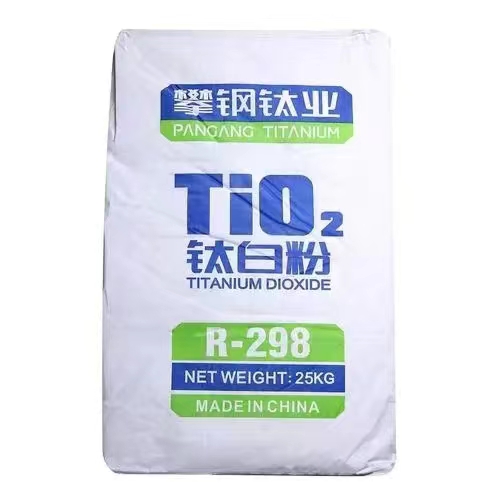
Май . 27, 2024 14:29 Back to list
What is Titanium Dioxide
Titanium dioxide (TiO2) is used in a variety of personal care products, including sunscreens, pressed powders, and loose powders, as a UV filter or whitening agent. In lotions and creams (dermal exposure), it is not a risk for adverse health effects. However, when titanium dioxide is inhalable—as it may be when in powder form—it is considered a possible carcinogen by the International Agency for Research on Cancer.Titanium dioxide nanoparticles do not appear to confer any unique health hazards.
What is Titanium Dioxide?
Titanium dioxide (TiO2) is a fine white powder or dust that occurs naturally. It was first intentionally produced for use as a white pigment in 1923.
It is naturally opaque and bright, which makes it useful for use in paper, ceramics, rubber, textiles, paints, inks and cosmetics. It is also resistant to ultraviolet (UV) light, and is used widely in sunscreens and pigments that are likely to be exposed to UV light. It is used in a wide variety of personal care products, including color cosmetics such as eye shadow and blush, loose and pressed powders and in sunscreens.
Titanium dioxide can form several different shapes, which have different properties. Some shapes can be converted to nanomaterials. Micronized TiO2 (also called “nano” or “nanoparticles”) was introduced in the early 1990s.Nanotechnology and micronization both refer to the practice of creating very small particles sizes of a given material. “Nanoparticles” usually refers to particles smaller than 100 nanometers; a nanometer is 1/1 billionth of a meter. At these small sizes, and at low concentrations, titanium dioxide appears transparent, allowing for effective sunscreens that do not appear white.Titanium dioxide, or TiO2, will be listed on product labels, but companies are not required to list ingredient size or structure. When it is used in sunscreens to block UV light, titanium dioxide is considered an active ingredient, which means the concentration must also be listed.
-
Essential Guide to Calcium Powder Quotes – Pricing, Quality & Global Insights
NewsNov.24,2025
-
Reliable Anatase TiO2 Pigment Quotes for Sustainable Industry Use | CQ Titanium Dioxide
NewsNov.24,2025
-
Understanding Lithopone B311 Powder Quotes – Market Insights & Applications
NewsNov.23,2025
-
Reliable 30-50nm TiO2 Powders Quotes for Advanced Industrial Use | CQTitanium
NewsNov.23,2025
-
Comprehensive Guide on Lithopone Red Pigments Quotes | Industry Insights & Pricing
NewsNov.22,2025
-
Comprehensive Insights into the Lithopone Market: Global Trends & Applications
NewsNov.22,2025

